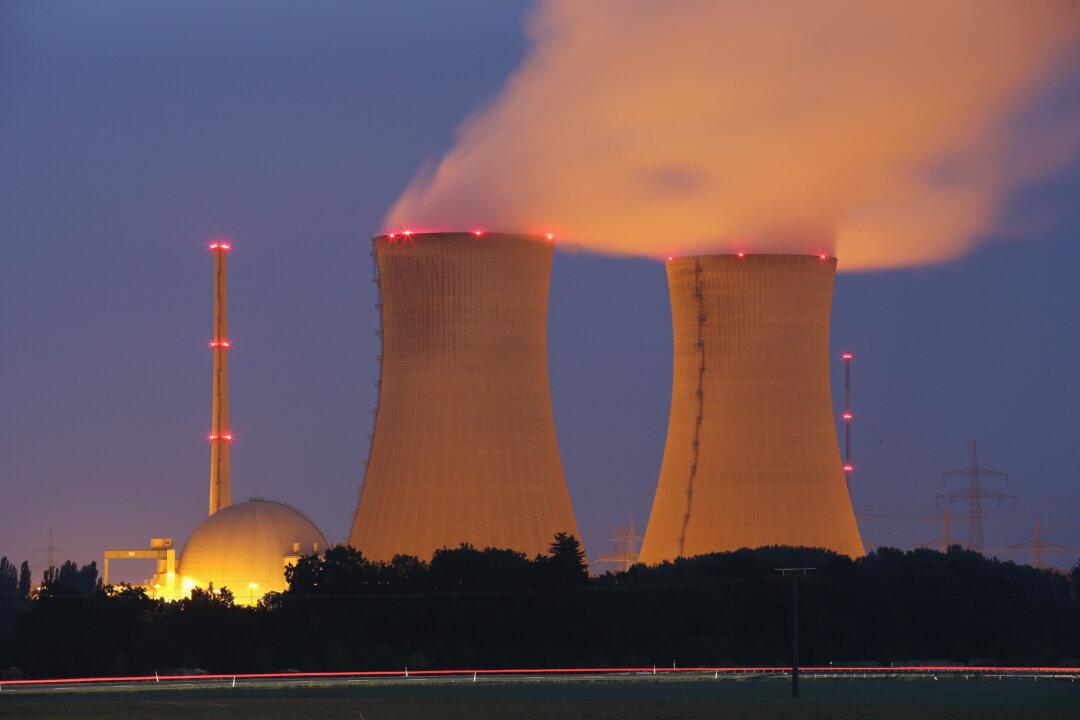The South Burnett region sits on Queensland’s Great Dividing Range, three hours west from the capital of Brisbane.
It is known for its agricultural industries including peanut farms and wineries, its quiet lifestyle, and postcard-perfect views.

The South Burnett region sits on Queensland’s Great Dividing Range, three hours west from the capital of Brisbane.
It is known for its agricultural industries including peanut farms and wineries, its quiet lifestyle, and postcard-perfect views.